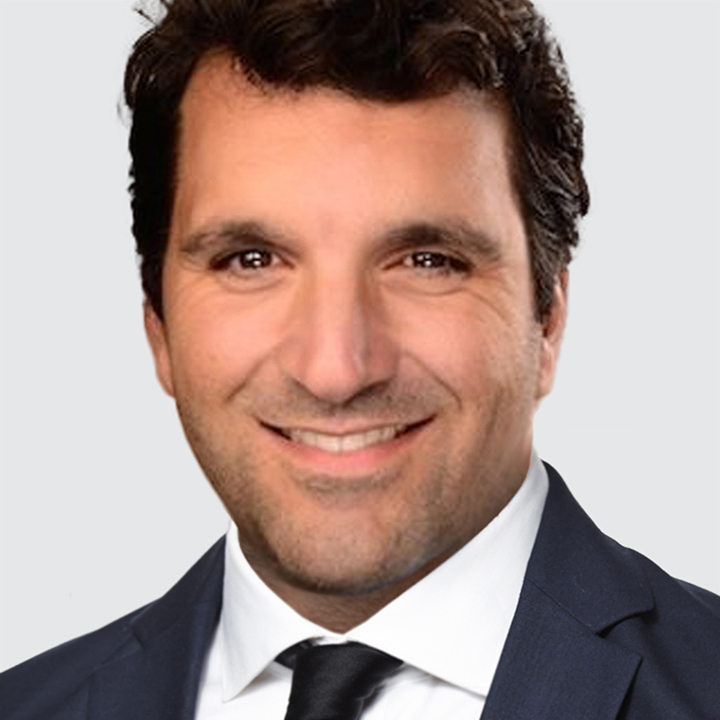Metal Mayhem
USD bounced-off from a multi-month low on heightened trade tensions. The US 25% tariffs on all steel and aluminum imports kicked-in today. In response, the European Union announced a two-stage retaliation covering €26 billion worth of American goods. Canada is by far the top supplier of steel and aluminum to the US. As such, CAD is vulnerable to more downside against most major currencies.
The US labor market remains solid, suggesting the risk of a recession is low. JOLTS job openings unexpectedly increased to 7740k (consensus: 7600k) vs. 7508k in December (revised down from 7600k). The details point to a healthy labor market. The Job opening rate ticked up 0.1pt to 4.6% consistent with a low unemployment rate. Fed research showed that the unemployment rate tends to rise faster when the job opening rate falls under 4.5%. Moreover, the layoff rate dipped 0.1pt to 1% signaling there is no layoff spiral underway, the hiring rate was unchanged at 3.4%, and the quit rate rose 0.2pts to 2.1% indicative of improving workers confidence in finding a new job.
Nevertheless, the growth outlook advantage has shifted away from the US to other advanced economies. This regime change is a cyclical drag on USD.
The US February CPI print is today’s focus (12:30pm London). Headline CPI is expected at 2.9% y/y vs. 3.0% in January and core CPI is expected at 3.2% y/y vs. 3.3% in January. The Cleveland Fed’s Nowcast model forecasts headline and core at 2.8% y/y and 3.2% y/y, respectively. Watch-out for super core CPI (core services less housing), a key measure of underlying inflation. In January, super core CPI increased 0.8% m/m vs. 0.2% in December, the biggest monthly rise in a year that kept the annual rate sticky at 4%.
Fed funds futures have fully priced-in 75bps of cuts this year, which is in line with the FOMC median Dots. Barring a major surprise in today’s CPI data, we don’t expect material change in US rate expectations. Fed Chair Jay Powell stressed last week “Inflation can be volatile month-to-month, and we do not overreact to one or two readings that are higher or lower than anticipated.”
EUROZONE
EUR/USD is slightly lower under 1.0900 after testing a five-month high yesterday around 1.0950. The ECB will update its wage tracker today (11:00am London). The wage tracker currently points to negotiated wage pressures easing to 3.2% in 2025 compared with 4.7% in 2024. The wage tracker with unsmoothed one-off payments (like the one used for the ECB’s indicator of negotiated wage growth) points to wage growth easing to 2.8% y/y in Q4 2025 vs. the 6.5% peak seen in Q3 2024.
Overall, the Eurozone disinflationary process remains well on track. Markets price-in less than 50% odds of a 25bps ECB cut in April to 2.25% and a total of almost 75bps of easing over the next 12 months. The prospect for looser fiscal policy in the Eurozone lessens the need for the ECB to slash rates more than is currently priced-in which is EUR supportive. Plenty of ECB speakers are due today, including President Christine Lagarde and Chief Economist Philip Lane.
CANADA
The Bank of Canada (BOC) is now widely expected to deliver a 25bps policy rate cut to 2.75% (1:45pm London). Up until a few days ago, a handful of analysts including us expected the BOC to pause easing in March because core inflation (average of trim and median CPI) is tracking above the bank’s Q1 projection of 2.5%.
However, Canada’s poor February labor market report and the drag to growth from tariffs leave room for the BOC to keep cutting rates. The BOC’s next Monetary Policy Report with updated forecasts to 2027 is due in April.
The US tariffs roller coaster with Canada does not bode well for CAD. Yesterday, President Trump threatened to double tariffs on Canadian steel and aluminum to 50%, but later backtracked to the initial 25% rate after Ontario’s Premier Doug Ford yielded on plans to place a 25% surcharge on electricity supply to the US.
JAPAN
JPY is underperforming. Japan’s business sentiment index (BSI) for large enterprises across all industries was soft. Headline dipped to 2 in Q1 vs. 5.7 in Q4 but the index is not a very reliable bellwether indicator of real GDP. The Tankan report, due April 1, is better.
Bank of Japan (BOJ) Governor Kazuo Ueda is comfortable with the rise in 10-year JGB yields. “My understanding is that the rising trend since last year reflects the market’s views on the economy and inflation, or shifts in interest rates overseas…It’s natural for the yields to move by reflecting those views.” The BOJ is widely expected to keep the policy rate steady at 0.50% at the upcoming March 19 meeting. The swaps market price-in the next full 25bps rate increase in September but upside risk to Japan wage growth suggests the next hike could come sooner.
Yesterday, the Nikkei reported that Japan’s Government Pension Investment Fund (GPIF) planned to maintain its current portfolio composition of investing 25% each in domestic and foreign stocks and bonds for five more years from fiscal 2025. There was speculation in recent month that the ¥260 trillion GPIF would increase its allocation to domestic stocks and bonds which could explain the kneejerk downside reaction in JPY following the news report. GPIF will announce its asset allocation plan on March 31.
POLAND
Poland central bank is widely expected to keep rates at 5.75%. As the last February 5 meeting, National Bank of Poland (NBP) left the policy rate steady at 5.75% and signaled there was no rush to start easing. NBP reiterated that “in the coming quarters inflation will remain markedly above the NBP inflation target (2.5% +/-1%).” Over the next 12 months, markets price-in a total of 75bps of easing. This looks optimistic considering that headline CPI quickened in January to a 13-month high at 5.3% vs. 4.7% in December.

